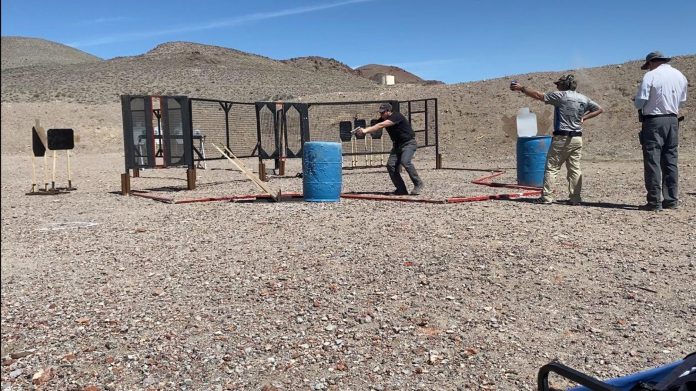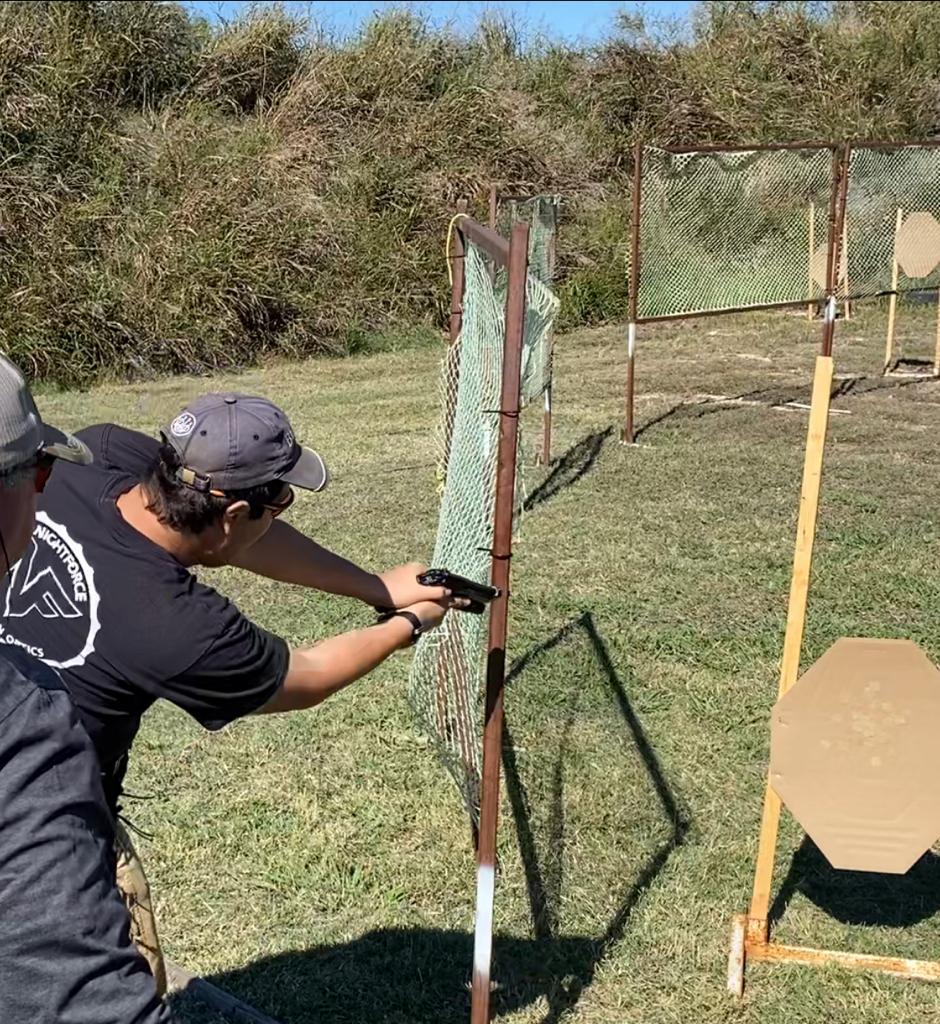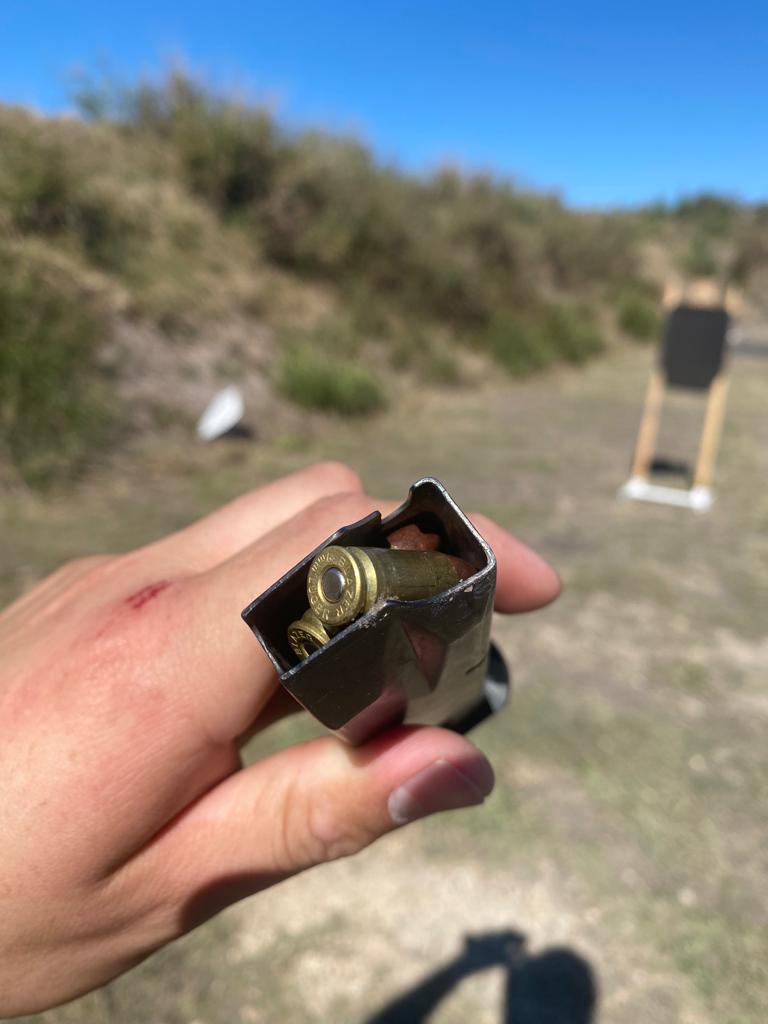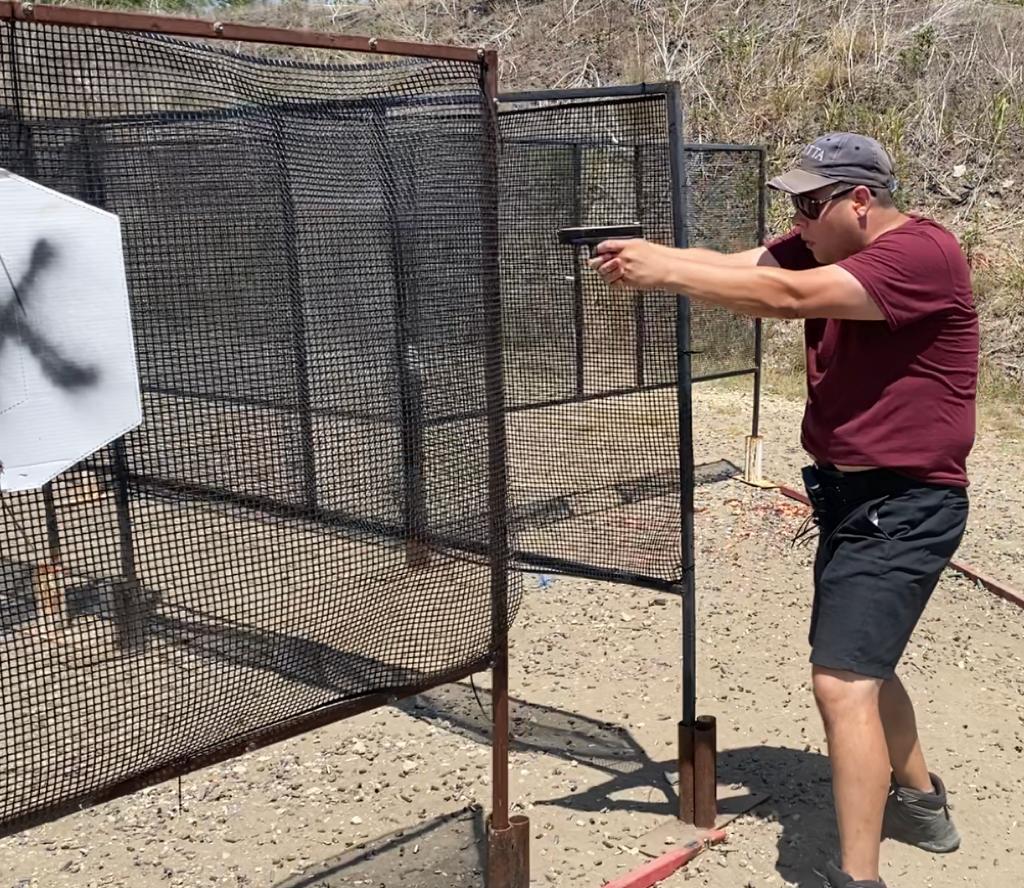
Put Your Gear To The Test!
If you are fortunate to be conveniently located near any shooting range or venue that hosts Club Level 1 USPSA matches, attending them can be a very fun way to try out new gun and gear combinations and see how they pan out in place of going to more serious (read: more expensive and involved) specialized courses. (Courses are good too, FYI. But you get more out of them if your gear is ready right off the bat.)
Since USPSA has loosened its rules concerning AIWB (appendix inside the waistband) holsters, WMLs (weapon mounted lights), and magazine pouch placement on the body, among other things, it has never been more convenient to “play around” with guns and gear sets in a safer and controlled environment. Furthermore, most of the USPSA divisions cater to a wide variety of handguns, and there is always “Open” division for those that do not fit neatly into any other division.

Besides the typical gamut of tests and standards or drills, taking carry guns and gear to a match is part of my personal checklist to evaluate them. Again, this affords me a simple and direct way to put that gun/holster/etc through its paces. The different stages of a club match are not grueling evaluations where guns will be fired until their metal turns cherry red, or get run over by all 18 wheels from a big rig, after being set into concrete, while being dropped from a Huey. However, given the nature of USPSA stages where you need to shoot and manipulate the pistol efficiently while also moving and thinking with that gun in your hand under time pressure—this has a way of making issues, no matter how subtle or obvious, come up to the surface to reveal themselves.
By taking the guns I typically carry or want to carry to matches, so far I’ve learned:
• That the tritium lamp front sight on my Beretta Brigadier Tactical ought to be replaced with a front fiber optic sight.
• That I actually prefer a full size grip on a Beretta 92 as opposed to the Vertec style grip.
• That the stainless steel finish on my Beretta 92X Performance is not that stainless.
• That the half moon cut out at the bottom of the front strap on older Gen 5 Glock frames will impede mag reloads at inopportune moments.
• That having a super heavy gun to soak up recoil is not the edge I expected it to be and lighter guns are quicker to draw and move around with.

Besides having all of these observations and revelations about my gear, the urgency and stress imposed by the clock has definitely made a better shooter. Regardless of what they say about competition shooting, it really does fill in gaps and blanks that are not covered by formal square range instruction. And it really is a great way to gain confidence with your gear on the easy side.




